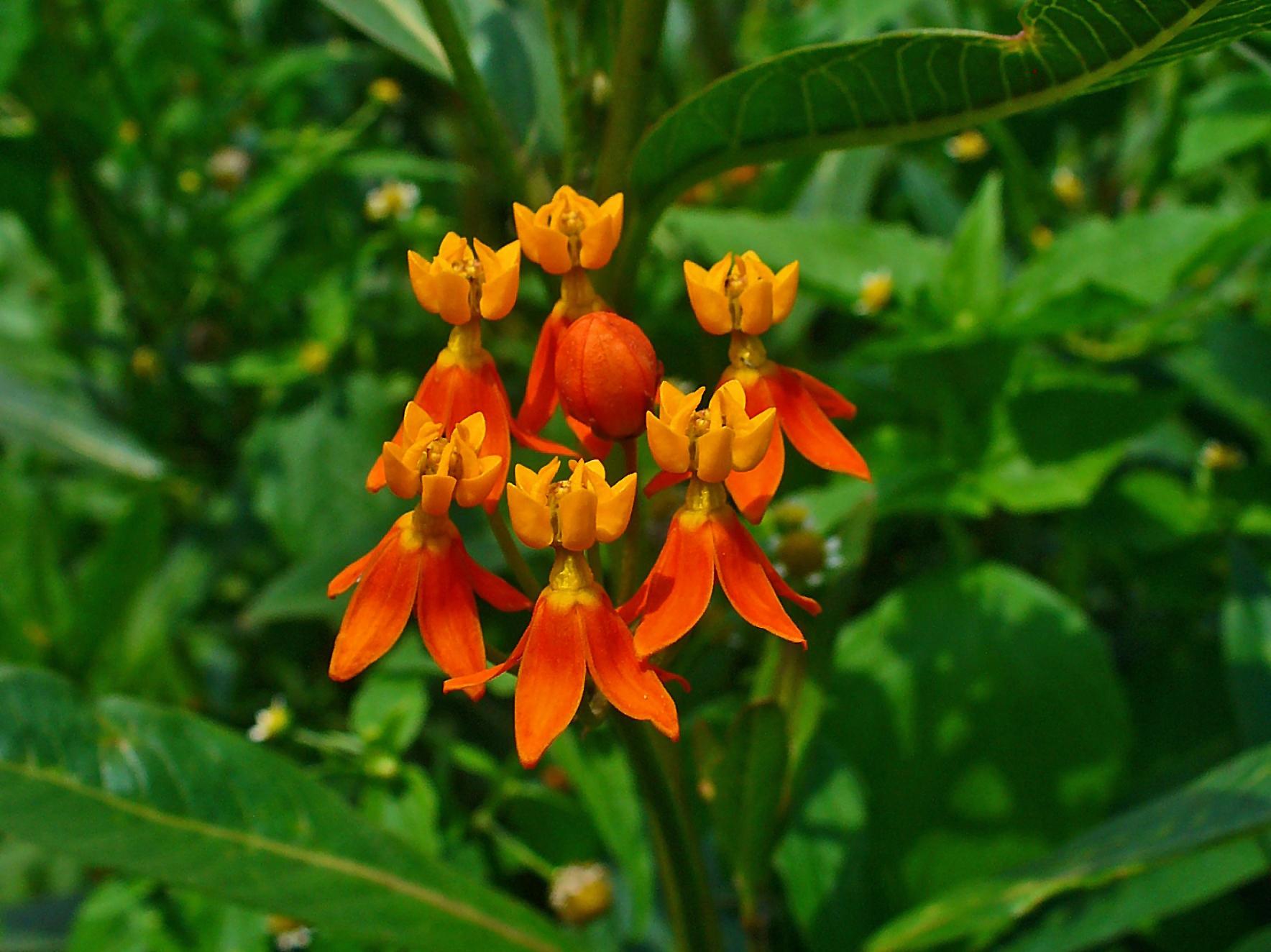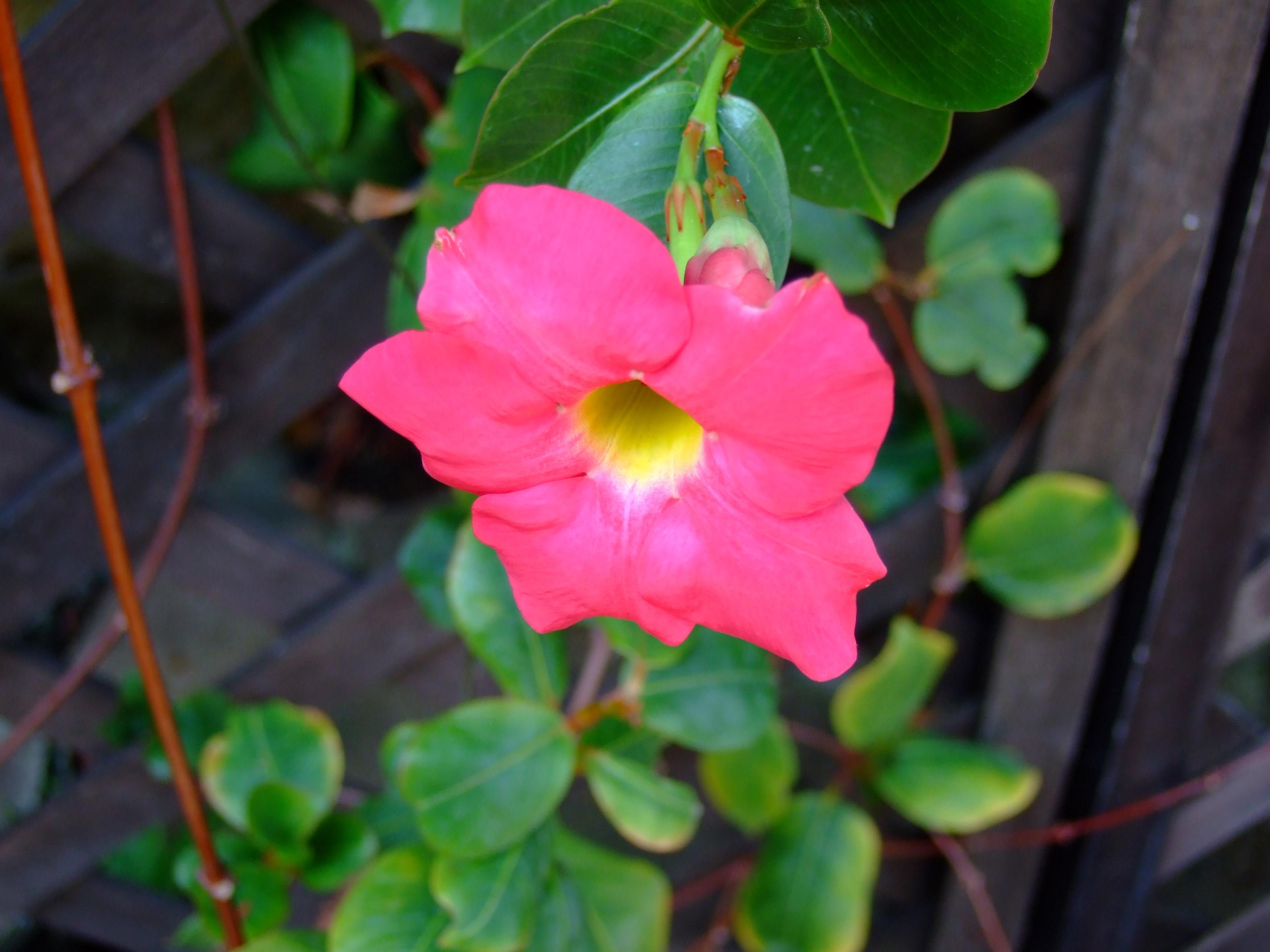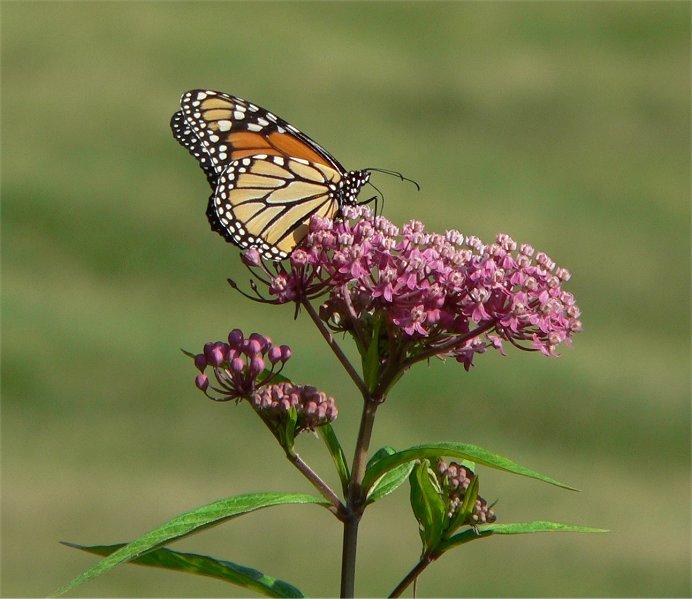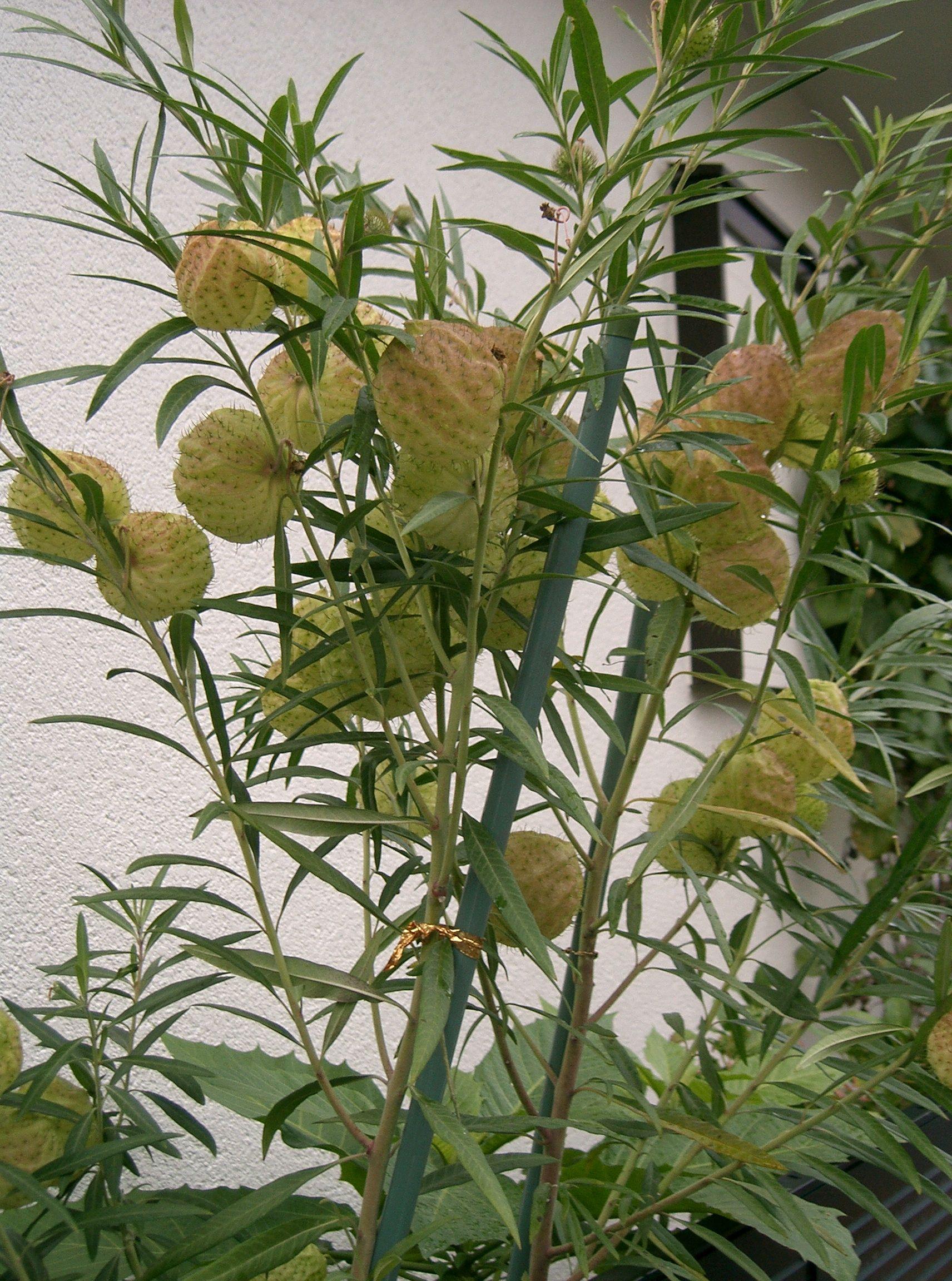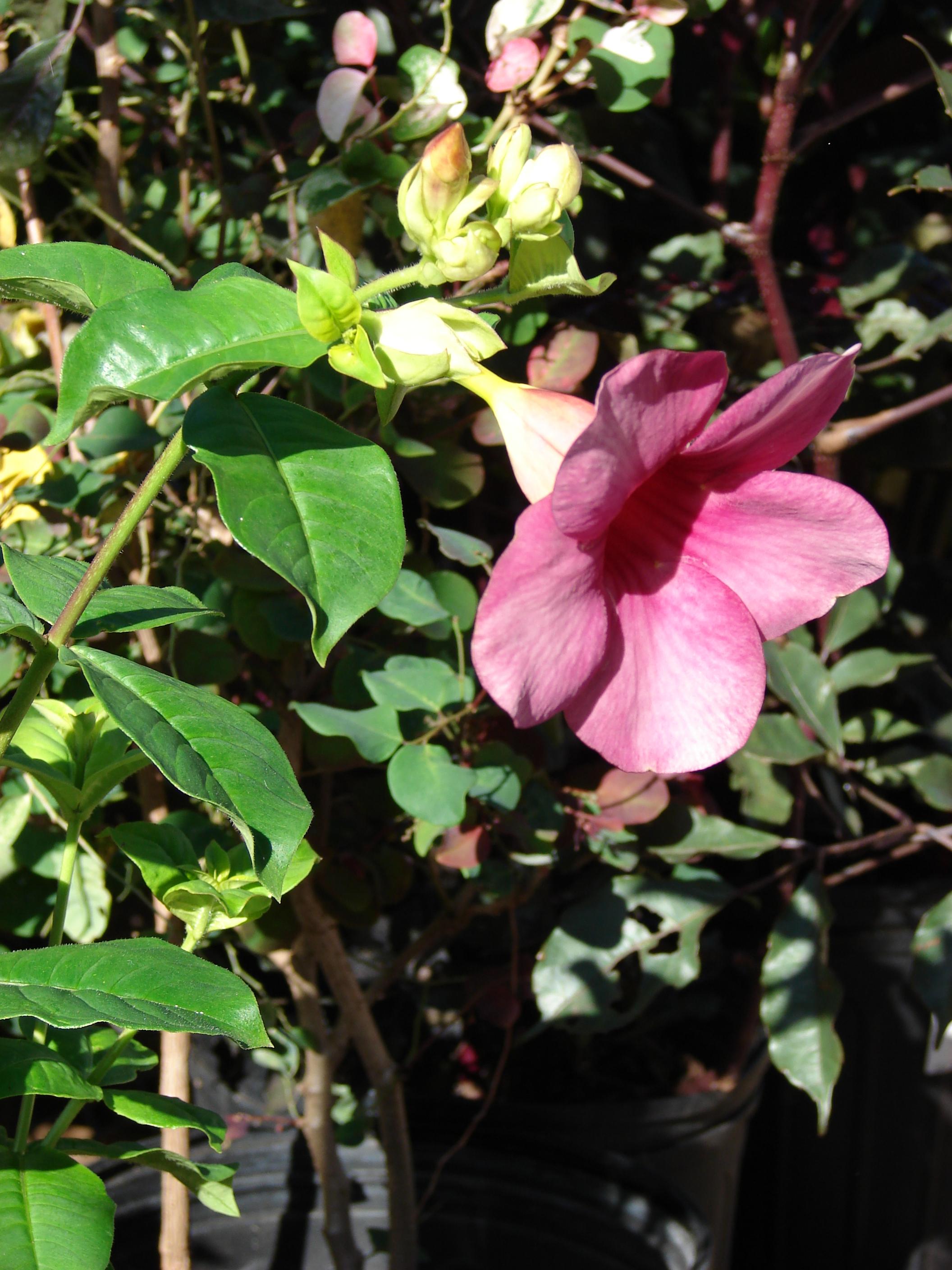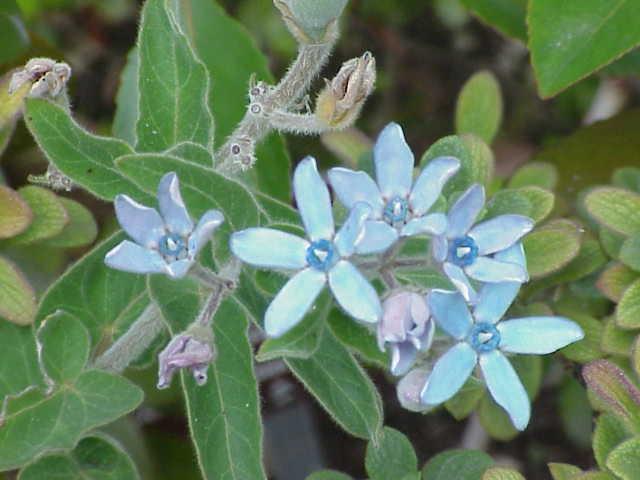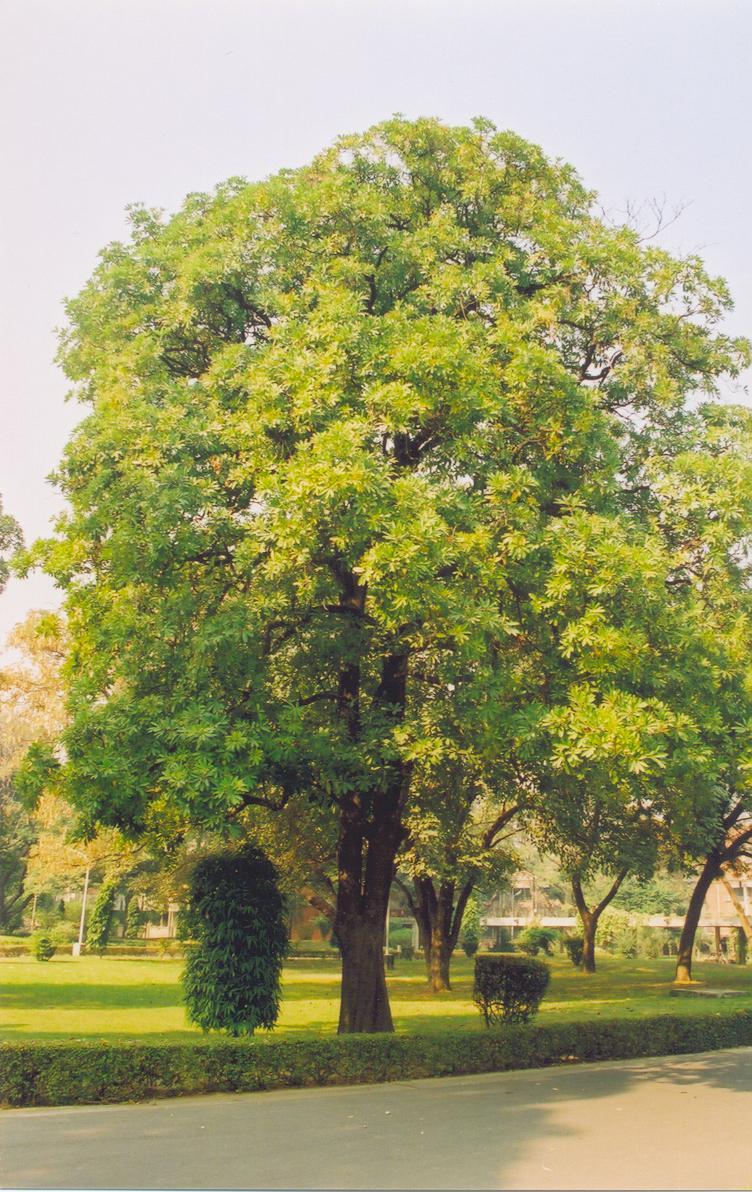Asclepias curassavica
| Botanical Name: | Asclepias curassavica |
| Common Name: | bloodflower, tropical milkweed, bloodflower milkweed, scarlet milkweed, Mexican butterfly weed, blood plant, redhead cotton bush |
Care
NA
Humidity
Medium
Sun
NA
| Botanical Name | Asclepias curassavica |
| Common Names | bloodflower, tropical milkweed, bloodflower milkweed, scarlet milkweed, Mexican butterfly weed, blood plant, redhead cotton bush |
| Humidity | Medium |
| Propagation Methods | cuttings, seeds |
| Synonyms | Asclepias aurantiaca, Asclepias bicolor, Asclepias curassavica flaviflora, Asclepias curassavica kentingensis, Asclepias curassavica pallidiflora, Asclepias curassavica var. concolor, Asclepias margaritacea, Asclepias nivea subsp. curassavica, Asclepias nivea var. curassavica, Asclepias syriaca |
Asclepias curassavica, commonly known as tropical milkweed, is a flowering plant species of the milkweed genus, Asclepias. It is native to the American tropics and has a pantropical distribution as an introduced species. Other common names include bloodflower or blood flower, cotton bush, hierba de la cucaracha, Mexican butterfly weed, redhead, scarlet milkweed, and wild ipecacuanha.It is grown as an ornamental garden plant and as a food source for some butterflies, however it may be harmful to the migration patterns of monarch butterflies when used in gardens outside of its native tropical range. Though public concern for the rapidly declining monarch population increased the demand and commercial availability of milkweed among nurseries in the US, the results have been mixed. While tropical milkweed may effectively sustain monarch larvae, the perennial growth of the plant takes ill effect on the monarchs' migratory patterns and may have other physiological effects. Use of the tropical milkweed in gardens has disrupted monarch migrations notably in California, Texas, Florida, and South Carolina. Unlike the milkweed species native to these locations, the tropical milkweed does not go dormant in the winter causing non-migratory groups of butterflies to form. Planting Asclepias curassavica in nonnative regions therefore remains controversial and criticized. Alternatively, native milkweed species (such as showy milkweed, narrowleaf milkweed, and desert milkweed for California) are suggested for butterfly gardens.It also attracts members of the Danainae subfamily, such as the queen.
